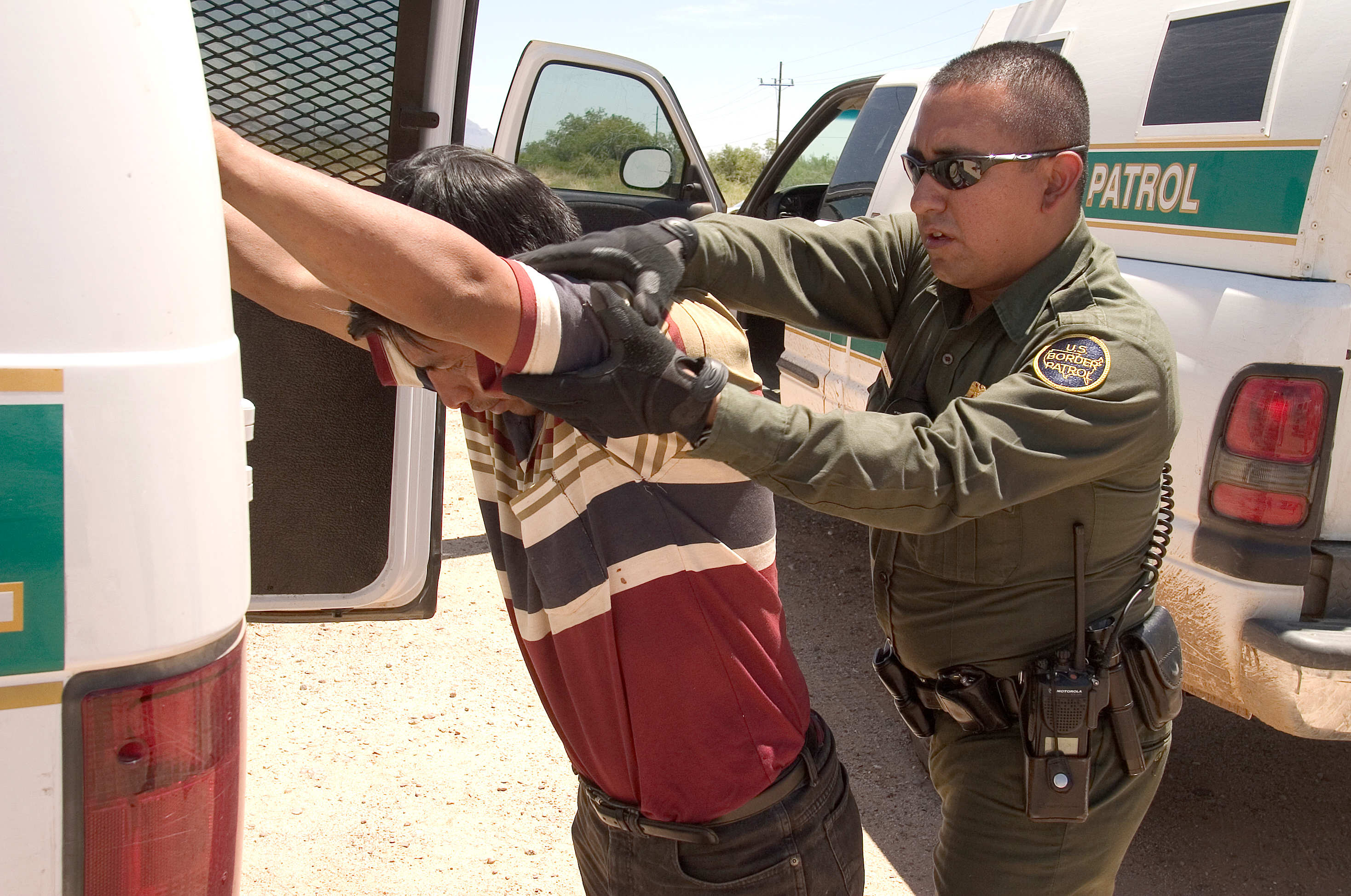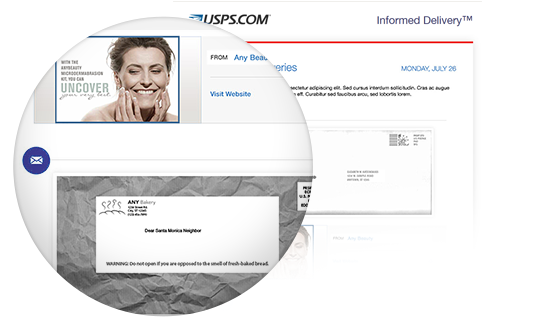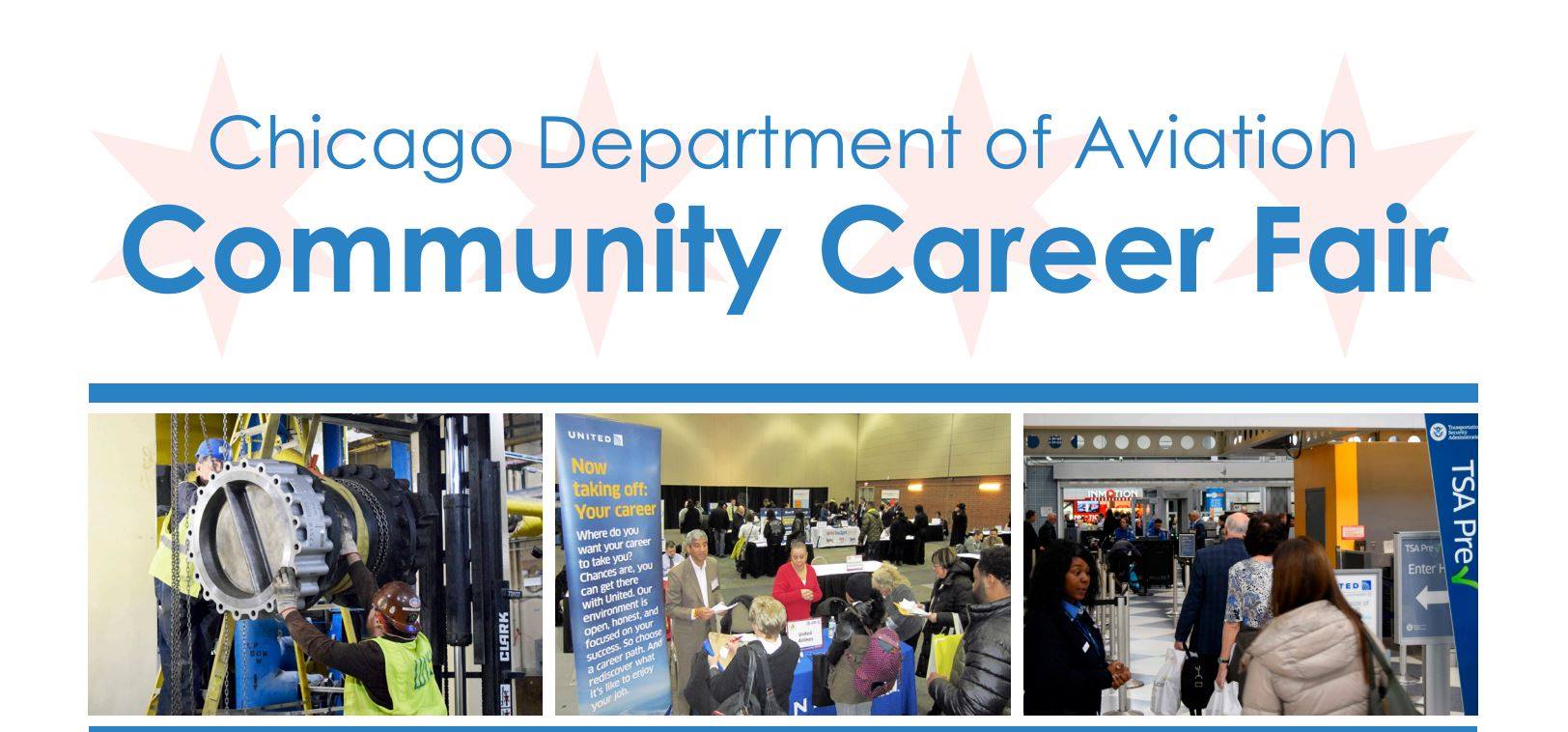It is no secret that a lot of my readers are frequent travelers. And of those frequent travelers, some partake in what is known as “manufactured spending” to earn points, miles, and benefits to greatly reduce or eliminate the cost of travel — high end travel with low end cost. It has been described, in brief, by Frequent Miler as:
There are various techniques for “Manufacturing spend.” The idea is to spend money on credit cards and get most or all of your money back. These techniques are useful regardless of whether your goal is to meet minimum spend requirements on new credit cards, or to get large-spend bonuses, or simply to earn more points from your credit card. In the past, most manufactured spend techniques have cost money.
When you’re filling up your car at the pump with $50 in gas while earning points, or even buying a couple hundred dollars in groceries to stock up for your family, you’re not bound to draw much attention. However, when you pulling out the plastic to drop four or even five figures without blinking an eye, banks, retailers, and the government get concerned.
RELATED: Part II – Structuring: Caselaw, Civil Forfeiture, and the Future
And for good reason, as it’s just that kind of activity that may be the means to the end of laundering money, hiding income, or other criminal activity. Structuring is designed to be the first line of defense (or offense) in detecting such illegal means, while possible innocent, legitimate transactions may be caught in the same net.
What is it?
In general, the crime of structuring, aka smurfing, is the act of dividing financial transactions in an attempt to evade the amounts that tricker the federal reporting requirements, any deposits, withdrawals, or transfers of more than $10,000 under the Bank Secrecy Act (“BSA”).
But the law, designed to help identify money flowing to or from money launderers, tax evaders, organized crime, and other illegal enterprises, also attempts to hook those who might be structuring transactions to avoid attention, i.e. the reporting requirement.
What is the law?
The federal statutory definition of structuring is found at 31 CFR 103.11(gg):
[A] person structures a transaction if that person, acting alone, or in conjunction with, or on behalf of, other persons, conducts or attempts to conduct one or more transactions in currency, in any amount, at one or more financial institutions, on one or more days, in any manner, for the purpose of evading the reporting requirements under section 103.22 of this part. “In any manner” includes, but is not limited to, the breaking down of a single sum of currency exceeding $10,000 into smaller sums, including sums at or below $10,000, or the conduct of a transaction, or series of currency transactions, including transactions at or below $10,000. The transaction or transactions need not exceed the $10,000 reporting threshold at any single financial institution on any single day in order to constitute structuring within the meaning of this definition.
Thus, the elements of the offense are:
– A person acting alone, in conjunction with others, or on behalf of others;
– Conducts or attempts to conduct;
– One or more transactions in currency;
– In any amount;
– At one or more financial institutions;
– On one or more days; and
– For the purpose of evading the reporting requirements of Currency Transaction Reports.
It is important to note that attempts to structure are to be reported by banks on a Suspicious Activity Report (SAR) form, but not every SAR is for suspected structuring.
The prohibited act of structuring, a felony punishable by a fine and/or up to five years in prison, is found at 31 USC 5324 “Structuring transactions to evade reporting requirement prohibited” which prohibits certain acts with the purpose of evading reporting requires, typically Currency Transaction Reports (Section 5313).
Such illegal acts may include:
– Structuring (or attempt to or assisting with) any transaction with one or more domestic financial institutions;
– Causing (or attempting to cause) a domestic financial institution to fail to file a required transaction report; or
– Causing (or attempting to cause) a domestic financial institution to file a required report that contains a material omission or misstatement of fact.

How Do Customers Typically Structure Transactions?
Banks and credit unions are required to file a SAR if a transaction involves or aggregates at least $5,000 in funds or other assets, and the bank knows, suspects, or has reason to suspect that the transaction is designed to evade any requirements of the Bank Secrecy Act (31 C.F.R. § 103.18). Thus, banks and credit unions must have in place systems to identify the kinds of transactions and accounts of such.
According to the IRS, structuring by a customer may take place with or without cooperation from the financial institution and may be accomplished by:
– Lowering the amount of the transaction to avoid any identification requirements;
– Using multiple agents to disburse larger transactions into smaller ones to avoid detection;
– Using multiple, different financial institutions to disburse a larger transaction into smaller ones to avoid detection; or
– Completing numerous small transactions over a number of days to disburse a larger transaction into smaller ones to avoid detection.
A customer might deposit cash on multiple days in amounts under $10,000 for the intended purpose of circumventing a financial institution’s obligation to report. Although such deposits do not require aggregation for currency transaction reporting, since they occur on different business days, they nonetheless meet the definition of structuring under the Bank Secrecy Act, implementing regulations, and relevant caselaw.
In another variation on basic structuring, a customer may conduct multiple transactions during one day in one or more branches of a bank or credit union, in a manner intended to circumvent the reporting requirement.
Again, structuring itself is an illegal act, in addition to the possible underlying illegal activity. The IRS continues to advise that while a “structuring enterprise” is confronted with challenges of time and manpower, the relative lack of sophisticated compliance systems at Money Services Businesses (MSBs) or casinos, compared to depository financial institutions, make for attractive targets.
An example of structuring (based on an actual case):
Dr. Skinny, owner and operated of a weight-loss clinic, added to the weight of his own bank account by writing certain prescriptions for cash, averaging seeing nine patients per hour and charging them $120 in cash for prescriptions. In an effort to “launder” the cash receipts, Dr. Skinny would open an account with “stacks of twenties” and ask how much he could initially deposit. He would start with a $12,000 cash deposit. When faced with questions from the bank employee (complying with FinCEN Form 112 Currency Transaction Report), he would reduce it to about $8,000. Additionally, he would have the bank exchange several thousand dollars from twenty-dollar bills to hundred-dollar bills. Banks reported the customer’s unusual cash deposits under the reporting threshold and unusual and unexplainable account activity, as the accounts remained open to be monitored through a supplemental SAR process.
SARs filed by the bank led to an investigation which turned up the defendant totaling more than $1 million of potentially suspicious activity. Eventually, the Doctor plead guilty to have knowingly, willfully, and with intent to evade the requirements under federal law that banks report cash transactions in excess of $10,000, made in excess of $60,000 in structured cash deposits into three accounts.
Many more examples here: Investigations Assisted by FinCEN Data
What Factors Do Examiners Evaluate?
The Internal Revenue Manual directs examiners to evaluate suspected cases of structuring for civil penalties or referrals for possible criminal investigations only if it is established that:
– The transactions were structured to avoid a currency transaction report;
– The person(s) involved had knowledge of the Bank Secrecy Act;
– No legitimate purpose existed for structuring the transaction(s); and
– The amounts involved are material.

Is Any Structured Transaction A Crime Per Se?
The last element of the federal criminal statute contains the mental state (or mens rea) segment of the offense: “For the purpose of evading the reporting requirements.” This element has been the focus of much debate, and my subsequent posting on structuring will address this issue in greater detail, including discussing recent court cases and position statements from the IRS on the “intent” element of the crime.
As I alluded to in the opening of this post, some travelers prefer to use credit card points, miles and other incentives to supplement or complete their travel plans. Some do this to the extreme, whether it be by purchasing a voluminous amount of pudding or by what is commonly known as “manufactured spending” in the points community. As techniques and methods change and evolve, there may be various times when a customer may have “legitimate purposes” existing for what may appear to be tagged as structuring transactions. What does the IRS say about this point (pardon the pun)?
The IRS has expressly acknowledged that circumstances may exist in that large transactions may appear to be structured transactions, but are done by the customer with the intent of benefiting from credit card benefits. An example is given in the Internal Revenue Manual where a customer makes a $9,000 transaction via a credit card, to which the explanation is given:
Some credit card plans offer incentives, such as air miles, for use of the card. There are normally restrictions on the total amount available for the incentives. Absent other facts such a transaction is not structured. (My emphasis added.)
Thus, it can be common for some individuals seeking the accumulation of many miles/points (less the pudding) to make very large transactions on a credit card (and even debit card in some instances), while a similar transaction to other folks would greatly increase their blood pressure. Outside the context of banks, MSBs, or the like, there remains a duty of other businesses who receives more than $10,000 in cash in a single transaction or related transactions to complete a Form 8300, Report of Cash Payments Over $10,000 Received in a Trade or Business. The Form 8300 is reported to the IRS in Michigan, but is a joint form used by the IRS and the Financial Crimes Enforcement Network (FinCEN). Furthermore, a Form 8300 may be filed voluntarily for any suspicious transaction for examination by FinCEN and the IRS, even if the total amount does not exceed $10,000. (A “suspicious transaction” is defined as a “transaction in which it appears that a person is attempting to cause Form 8300 not to be filed, or to file a false or incomplete form.”)
Another example mentioning the use of credit cards for large purchases, published by the IRS, is found in its discussion of Form 8300 reporting by car dealers in which a large purchase (vehicle) is made, in part, on a credit card. The IRS explains in the Q&A:
A customer purchases a vehicle for $15,000 and pays for it with $9,000 in cash and puts the remaining $6,000 on a personal credit card. Should a Form 8300 be filed? Instead of a personal credit card, the customer pays the remaining $6,000 with his ATM card. Is the ATM amount considered cash or a cash equivalent that makes the total amount received over $10,000 and thus reportable on Form 8300?
– No Form 8300 is required.
– Less than $10,000 in cash was received. A credit card is not cash.
– The ATM card works the same as a credit card in this instance. The only difference is that the account will be charged with a debit against existing funds instead of charged for a debit to nonexisting funds, but a promise to repay later.
– An ATM transaction is not given the consideration of cash; therefore, since the amount received in cash or cash equivalents is less than $10,000, the transaction is not reportable.
Lastly, here is one final example of the IRS discussing the use of credit cards in possible large transactions to gain miles, points, rewards, or cash back. In its publication “Paying Your Taxes Was Never So Worry Free!”
Why Pay with a Debit or Credit Card?
… In addition, you may earn miles, points, rewards or cash back from your credit card issuer. (My emphasis added.)
Oh, the irony.
NEXT: Part II – Structuring: Caselaw, Civil Forfeiture, and the Future
____
@travelblawg
facebook.com/travelblawg
Subscribe in the sidebar!
Disclosure of Material Connection: Some of the links in the post above are “affiliate links.” This means if you click on the link and purchase the item, I will receive an affiliate commission.











Are money orders considered “currency” as defined by this law?
For the purposes of CTRs and SARs, MOs are negotiable instruments. Money orders are not “currency” as defined by the BSA. See 31 C.F.R. 103.11(h). However, “monetary instruments” includes currency, traveler’s checks, MOs, and other negotiable instruments. 31 C.F.R. 103.11(u). And a “transaction” under the BSA does include buying and depositing MOs. 31 C.F.R. 103.11(ii)(1). Lastly, MOs are “negotiated” in the United States in the same manner as any other negotiable instrument, even though the BSA uses the term “redeemer” in regards to MOs. 31 C.F.R. 103.11(uu)(4).
It is prudent to think of suspected structuring as an art, not a science. While the BSA requires certain records for defined transactions, the human element is what can, and will, lead authorities to potential illegal activity or to investigate suspicious but legal activity. Record review, identification of commonalities, trend evaluation, etc. all require a subjective evaluation of events, including events of structuring that may occur BEFORE a customer brings the funds to a bank.
As the FFIEC’s Task Force and BSA Examination Manual explains, “Deposits of monetary instruments that may have been purchased elsewhere might be structured to evade the CTR filing requirements or the recordkeeping requirements for the currency purchase of monetary instruments. These instruments are often numbered sequentially in groups totaling less than $10,000 or $3,000; bear the same handwriting (for the most part) and often the same small mark, stamp, or initials; or appear to have been purchased at numerous places on the same or different days., such as common payees and purchasers, or consecutively numbered purchased monetary instruments.”
“Red Flags” include “A large volume of cashier’s checks, money orders, or funds transfers is deposited into, or purchased through, an account when the nature of the accountholder’s business would not appear to justify such activity.” These “monetary instruments” include official bank checks, cashier’s checks, money orders, and traveler’s checks.
I think the problem with making lots of deposits over $10,000 is that the reporting requirements are a burden to the bank. Even if it is perfectly legal, the bank may not want to deal with the reporting requirements and may prefer to just fire you as a customer. And with some banks, particularly Chase, they cancel all of your credit cards in addition to closing your bank accounts in this situation.
There are plenty of Banksters wanting your money so shop around (Chase is notorious for shutdowns so avoid them). Remember these pimps can lever your deposits 30-50x by borrowing effectively free money from the Feds which they can relend = govt sanctioned, taxpayer funded Ponzi scheme.
Mark, thank you for this detailed post from the perspective of a “travel hacker/MSer” . I had been hoping that someone in this hobby with a legal background could begin to provide some clarity in this space.
Moral of the story is just deposit over $10K. MSers aren’t doing anything illegal. The problem comes for small timers and those who need velocity and waiting until you get >$10K is unfeasible.
That said, there are thousands of MSers and only a handful have ever reported being questioned by authorities about their activities and none have been charged that I am aware of (FT would have a thread a 1000 pages long if there were any)
A major problem is being effectively forced to structure by retailers who have arbitrarily low limits that force you to visit multiple stores to get the volume one wants. Add in credit card credit limits and one’s ability to float money and the issue of structuring is often a matter of being forced into it through external factors.